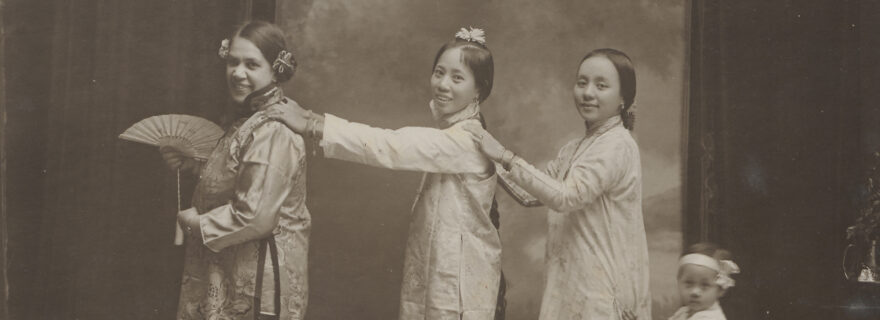A rich Dutch East Indies family history impeccably preserved
A donation of an (almost) complete family archive, including photography, correspondence, official documents, but also textiles and clothing, provides a glimpse into life in the Dutch East Indies.
On Friday 24 June 2022, Leiden University Libraries received an extraordinary collection from Annetje Ottow, Juriaan Ottow and Willemijn Goosen. The Ottow Collection, as the collection as a whole, is referred to, relates to four intertwined families, namely the Caspari, Velsing, Blok and Ottow families, all senior officials, who lived and worked in de Dutch East Indies from the late nineteenth until the middle of the twentieth century.
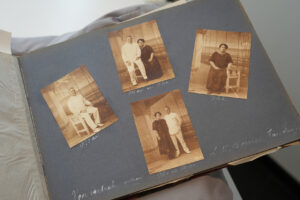

The donation consists of a large collection of colonial photography and an archive consisting of correspondence, recipe books, love letters, official documents and travel papers that illustrate an adventurous life in the Indonesian archipelago.
Another part of this collection consists of textiles and garments, which have been donated to the Textile Research Centre (TRC) in Leiden. Together these very different elements of the Ottow collection will add more depth and colour to our understanding of life in Indonesia during the period between ca. 1890-1950.
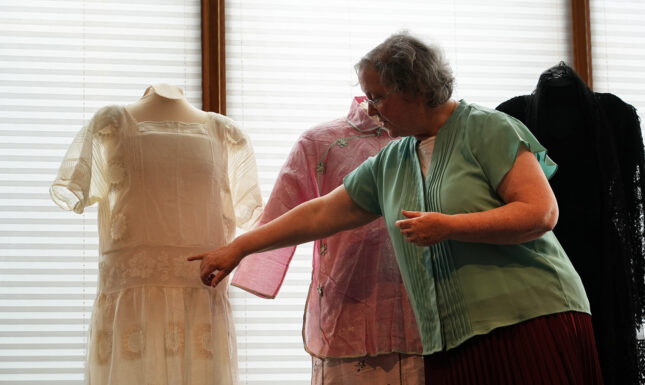

Colonial portraits
After its invention in 1839, photography for many years was used in the Dutch East Indies, just like anywhere else, to make portraits, in which the sitter was also often the commissioner.
Photographic portraits often came to replace painted portraits. Photographers competed with painters by upholstering their studios with a variety of props to dress up their photos.
In addition, the portrayed person used to dress up and pose for the photograph. We can see this in the colonial portraits made by professional photographers in the photo collection of the Ottow collection.
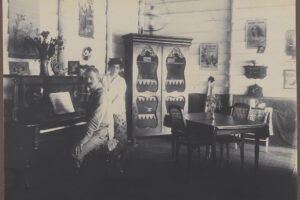

Thecla Velsing-Caspari
Particularly striking is the large number of portraits of Thecla Velsing-Caspari. After the sudden death of her beloved husband Max Velsing (‘assistant resident’ on Sumatra), she shut down their Indonesian home and shipped everything back to The Hague. Just about everything was left in steamer trunks never to be opened again. Memories were just too painful.
In the photographs, Thecla loves to pose in dresses made according to the latest fashion or in exotic costumes put together for fancy dress parties. In the Dutch East Indies, fashion was always a few years behind and usually was made by a djait (seamstress), who could make a new outfit for every occasion (including a bag and a pair of shoes from the same fabric). Ms Velsing just loved clothing and textiles.
In the photographs, we see her (and others) during outings and parties, but we also see her in a homely setting wearing a sarong and kabaja in a ‘room-scape’ that shows various places inside the family home, with wall hangings, photographs, and posters. She presents herself as a confident woman, who is aware of her position as the wife of a senior government official, and: she has an unmistakable sense of humour.
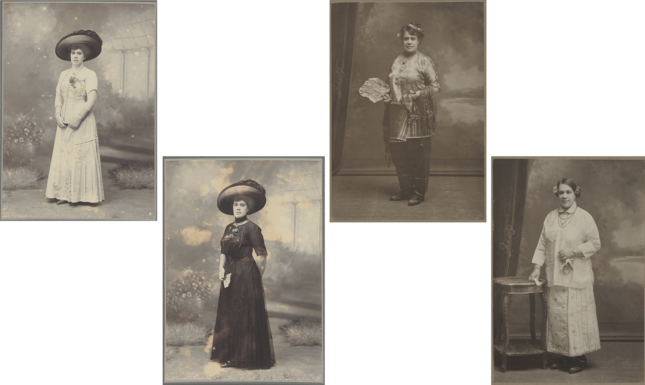

Textiles as ‘souvenir de voyage’
Looking at the textiles and garments, it emerged that the pieces were not all Dutch or Indonesian in origin. Some of them came from the Eastern Mediterranean, others from Yemen, and India, as well as some pieces that were Chinese in style. In other words, they reflect the ocean liner trips, between the Netherlands and Indonesia. A typical voyage of the time, from Holland to the East, as documented in the albums with photographs, passed through the Suez Canal, down the Red Sea to Aden in Yemen, then across the Indian Ocean and visiting various ports in India, before travelling onto Malaysia and Indonesia.
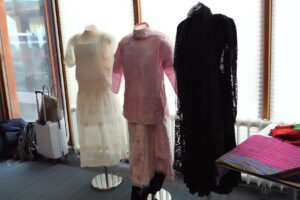

Out of their frame
In addition to the albums, more than one print of each photograph was preserved. A large portion of these was originally framed. These picture frames moved successively from one household to another and then from the Indies to the Netherlands: There the old relatives looked from their frame to the next generations; as a result, they remained part of the family.
Now these photographs have been transferred to the Special Collections of the UBL, they will be catalogued and digitised with financial support from the family so they can be consulted for research, together with the archival documents and in conjunction with the textile collection. The richness of the collection could provide researchers with an opportunity to obtain new perspectives on Dutch life in the Dutch East Indies at the turn of the twentieth century. In this way, however, being made accessible and visible forever, the intimate character of the photographs will change.
The photographs show people who have since died, and while many of those portrayed can be identified, some people remain anonymous. Even when the observer is familiar with the history, he or she cannot prevent looking at the photograph from a different perspective than the one originally portrayed.
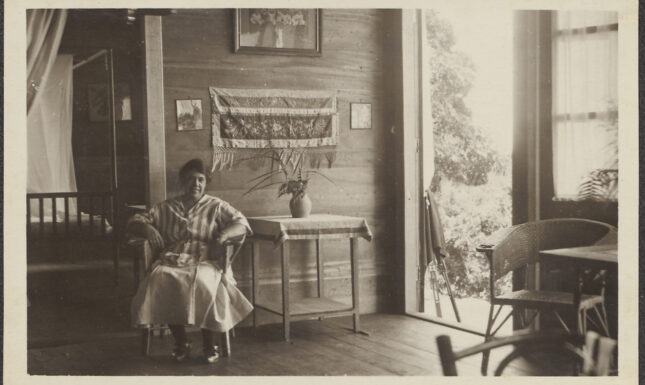

Learn more:
About the authors:
Anouk Mansfeld is Curator of South and Southeast Asian Photography at the Leiden University Libraries. Gillian Vogelsang Eastwood is the Director of the Leiden Textile Research Centre.



